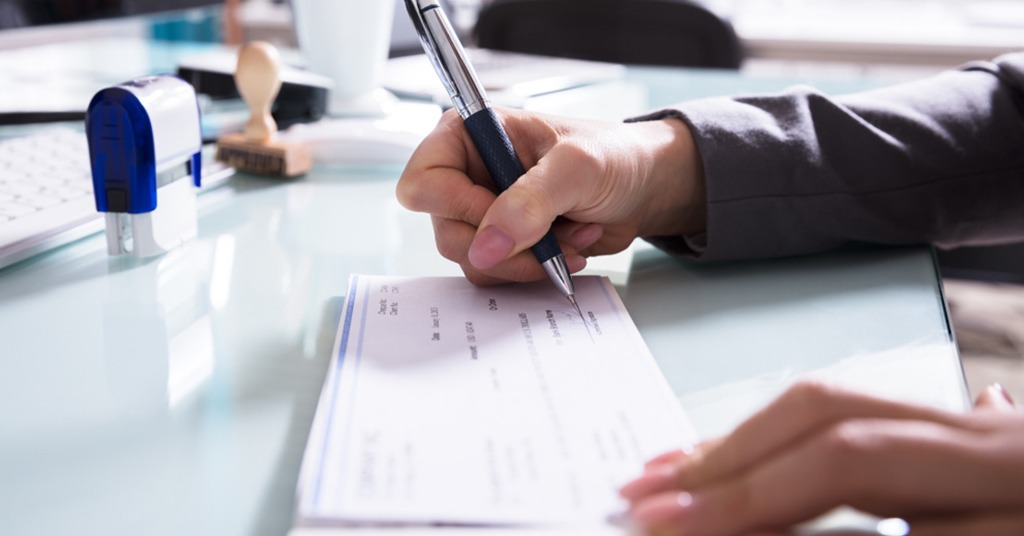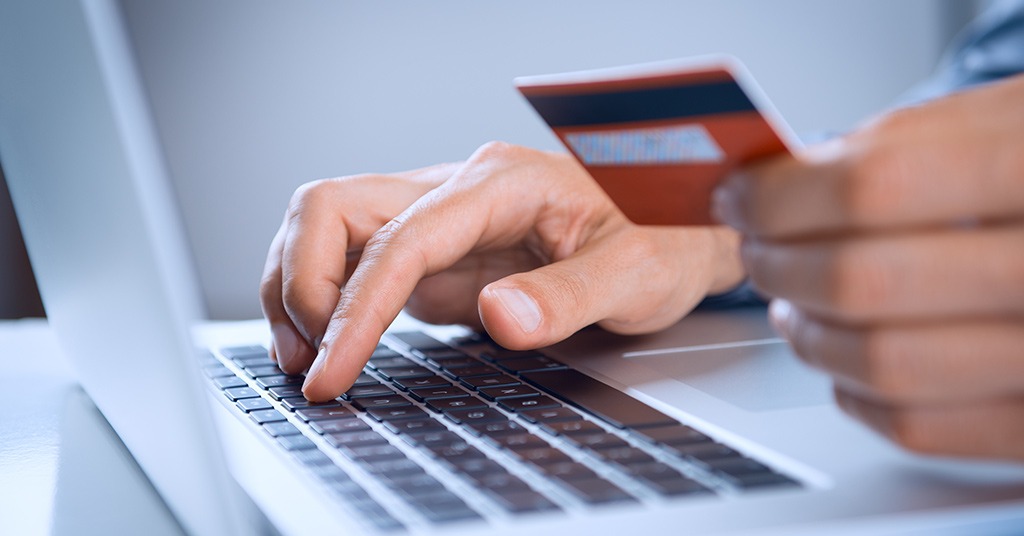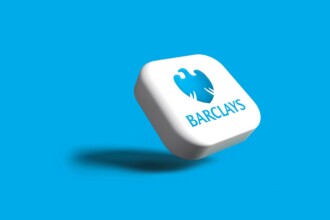Where did the credit card come from?

Credit cards in the US: the history & conditions. Source: shutterstock.com
In our previous article, we’ve considered the features of credit cards and the definition of credit score. So, let’s pick up where we left off. Today we will tell you a brief history of credit cards, and explain how the credit system works.
A brief history of credit cards
Let’s not dwell on the history too much, and skip the part where people used a barter system (exchanging goods/services for other goods/services) or paid for purchases with silver and gold coins. Let’s consider times when people carried cash with them, and paid for goods and services only with cash.
Then the banks came up with checks. Thus, a person could write a check to any other person, and the latter could cash this check in the bank they use. Even at this stage, situations began to appear when the check was issued, but the account did not have sufficient funds. It doesn’t mean one person tries to trick someone else. The person can simply say to the recipient of the check: “cash the check at the end of the month when I have a salary” or similar things.
The most interesting thing about it is that the system worked, and most people were happy with it.

A check for $1000 most probably would be cashed only at the end of the month. Source: shutterstock.com
Everyone was used to the fact that a check for $1000 most probably would be cashed only at the end of the month. The banks began to provide the following service to big and important clients who constantly had big amounts of money: they cashed the check even when there was not enough money in the account. Then clients got the money, and deposited it on the account, repaying all debts. Therefore, it was a win-win situation for everybody: the bank did not lose a big and important client who used to send big money through the bank and who can be trusted; on the other hand, this client could feel confident because they knew the bank would support them on the day when they had an important deal/transaction, and it would appear to be that account did not have sufficient funds.
It was the time when they began to develop the credit score system. Then banks came up with bank cards. At first, these were ordinary payment cards, which we now call debit cards. An additional problem arose: the card was tied directly to the bank account, and, knowing the password, it was possible to steal all the money at once. Clients tried to fight this, splitting their account into several “sub-accounts”, and tying the card to one of them. But still, people really lacked the flexibility of checks, with the option of deferred payment.
And then the system came up with credit cards. This is an ordinary plastic card… with no money on it, nor is it tied to your bank account. You can just pay for groceries with it, and at the end of the month, as soon as you receive your salary, you can pay off the debt.
How do credit cards work?

And then the system came up with credit cards. Source: shutterstock.com
Did you have to wait until the end of the month to buy something, such as sweatpants or a hairdryer, simply because there is no money right now?
Credit cards were intended to solve this very type of issue. You can go to a good restaurant or buy a sofa (let’s say, at the beginning of the month). You do not need to wait until payday to allow yourself what you cannot afford today. And you do not pay extra for this since credit cards are completely free. You are free in your choice, you are free to do anything at any time, with the only condition:
Bad things happen in different ways. You might be charged interest, which you would also have to pay later, or your credit score would decrease significantly… In a nutshell, credit card debt is bad.
A lot of people have a poor understanding of what a cool tool it is, and they simply spend more money than they can then repay. This leads to sad consequences, such as poverty, or even legal action and prison. On the other hand, the system seems to be fair: you were trusted => you borrowed money => you did not repay the lender. What did you expect?
Is it safe to use credit cards?
Another feature of credit cards is safety.

Another feature of credit cards is safety. Source: shutterstock.com
When somebody’s wallet with cash is stolen, there is no way to return money back. The same happens when a debit card is stolen, and thieves know the PIN somehow (talking about the 21st century – sometimes it’s enough to have the CVV to use a stolen card to pay for something online). However, it is your money and your wallet.
A credit card being stolen, anyhow, does not provide thieves with access to your money. When shopping with a stolen card, they are spending the bank’s money. When you notify the loss of a card, it will be blocked and the bank will sort it out, and your account will not be touched.
In the vast majority of cases, the bank simply cancels the fraudulent (malicious) transactions and this does not affect you in any way. After all, it becomes the bank’s problem. Your own money is deposited securely in your current account.
Is it free?
We’ve already mentioned above that it’s free to use a credit card.
However, there are a couple of exceptions:
- There are some cards with an annual maintenance fee, which usually varies from $5 to $100. Normally, such cards are offered to people with a low credit score. If you have at least an average credit score (680-700), you have access to free credit cards of almost any American bank.
- There are also “posh” (prestigious) paid credit cards offering extra services, such as free taxis, discounts on hotels, etc. Do not be surprised that they come with an annual/monthly fee. The standard credit card without additional features and services is absolutely free.
- If you don’t spend more than you can repay, you will not pay any interest. A bank allows you to repay the debt over a pre-specified period of time. Normally, it is around 30-50 days. After this period (30-50 days), you’ll be charged interest. However, it is you who has signed the contract, and consequently, agreed with the terms and conditions. But it is a common rule: read the documents you’re going to sign carefully and attentively.
SEE ALSO:









